In ocean-going vessels, the ballast water system plays a critical role in maintaining stability and ensuring safe navigation. Accurate monitoring and rapid control of levels in ballast tanks are essential for optimizing wave resistance, structural stress distribution, and fuel efficiency. Given the challenges of harsh marine conditions, stringent international regulations, and complex tank designs, dedicated pressure transmitters have become a vital component in enabling intelligent ballast water management on modern ships.
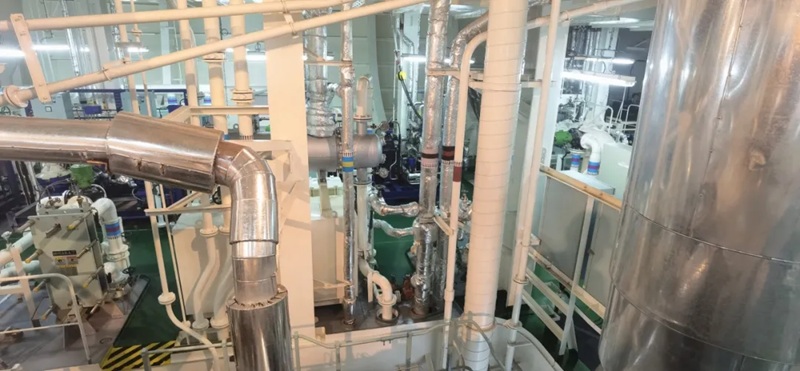
On-Site Maintenance of a 70,000 DWT Iron Ore Carrier for a Shipowner Client
Ballast Water Systems: Critical to Ship Stability, Challenging to Monitor
Essential for Vessel Stability
Ballast water systems adjust a vessel’s draft, trim, and heel by managing water intake and discharge, ensuring stability under changing sea states and loading conditions.
The Critical Role of Pressure Monitoring
Safety Assurance: Accurate real-time tank level data is vital for stability calculations and rollover prevention. It also enables the timely detection of flooding to support emergency response.
Structural Protection: Proper monitoring prevents tank overfilling or sloshing damage in empty tanks, reducing stress concentrations and helping meet classification standards such as URS34.
Regulatory Compliance: Continuous level monitoring and high/low alarms are mandatory under the SOLAS Convention.
Energy Efficiency: Optimized ballast distribution can reduce hydrodynamic resistance and improve fuel efficiency by 3–8%.
Harsh Operating Conditions
Marine Corrosion: Continuous exposure to seawater, high humidity, and salt-laden air, with possible traces of H₂S and other corrosive gases inside ballast tanks.
Dynamic Loads: Constant rolling and pitching (commonly up to ±25°), along with engine-induced vibration and wave impacts, impose significant mechanical stress on instrumentation.
Dirty Media: Ballast water often contains suspended solids, sediments, and microorganisms that may lead to sensor clogging or fouling over time.
Explosion Risk: Certain compartments, especially those adjacent to pump rooms, require instrumentation compliant with Class I, Division 1 (Ex-proof) standards.
Risks of Using Standard Pressure Sensors in Ballast Tanks
Corrosion Risk: Standard 316L stainless steel may suffer from pitting or crevice corrosion after prolonged exposure to seawater, leading to diaphragm damage and sensor failure.
Vibration Drift: Continuous ship motion and engine vibrations can cause zero-point drift or mechanical fatigue, affecting measurement accuracy.
Clogged Ports: Sediments and impurities in ballast water may accumulate in impulse lines, delaying or blocking pressure transmission.
Non-Compliance: Non-explosion-proof devices installed in hazardous zones violate SOLAS and IEC 60092 standards, posing a safety hazard.
Difficult Access: Hidden, confined tank locations make maintenance and replacement time-consuming, often requiring manual entry and impacting voyage schedules.
Pressure Measurement for Ballast Water
To meet the demanding requirements of ballast water systems, our marine-certified instruments—such as the MPM4700 Level Transmitter, MPM489 Analog Output Pressure Sensor, MDM7000 Smart Pressure Transmitter, and MFE600E Electromagnetic Flowmeter—are engineered with advanced core technologies to ensure operational safety and reliability.
|
|
|
|
Precision at Sea
Trusted Worldwide – Certified by DNV-GL, ABS, LR, and CCS, fully compliant with SOLAS & IMO.
Always Accurate – ±0.25% FS static accuracy with optional motion compensation for stable readings, even in heavy roll.
Built for the Harsh Conditions
Unmatched Corrosion Resistance – Hastelloy C276 diaphragm with titanium/zirconium fittings, proven in 1000h salt spray tests for 5× longer service life.
Rock-Solid Against Vibration – IEC 60945 certified; vibration rating over level 7.
Explosion-Proof Xertification – ATEX/IECEx as standard, Class I Div 1 optional for hazardous zones.
Zero Downtime
No Clogging Risk – Fully welded flush diaphragm design eliminates impulse lines.
Self-Cleaning Advantage – Convex surface resists sediment; optional flushing valve enables cleaning without stopping operations.
Smart-Connected
Real-Time Insights – HART/Modbus delivers live level, temperature, and diagnostics to your control system.
Remote Maintenance – Capillary remote version keeps the transmitter accessible, minimizing tank entry.
Marine-Certified for Safety & Compliance
Protect Navigation – Precision stability data prevents capsizing and damage.
Stay Compliant Worldwide – SOLAS, IMO, and class approvals; avoid PSC delays.
Cut Lifecycle Costs – 5+ years maintenance-free; save on spares, docking, and fuel.
Withstand Extreme Seas – Corrosion- and vibration-proof for uninterrupted operation.
Enable Smart Shipping – Digital output for seamless EEMS ballast optimization.
Typical Ballast Tank Monitoring Points
Bottom Level Monitoring – Real-time transmission of ballast tank levels to the bridge/control room as key stability data.
High/Low Level Alarms – Trigger audio-visual alerts to prevent overflow or empty tank impact.
Ballast Pump Control – Level feedback signals for pump start/stop.
Flooding Detection – Alerts for abnormal water level rise in non-ballast tanks (e.g., void space, forepeak).
Ballast Water Treatment – Monitors differential pressure across filters to protect treatment units.
| 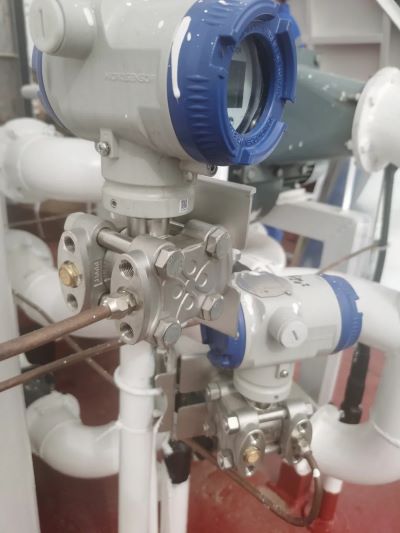 |
Get a Compliant Ballast Water Monitoring Solution
Micro Sensor Marine Engineering Team Offers Full Support:
Regulation Guidance – Match SOLAS and class requirements based on vessel type (tanker/bulk/container) and route (polar/tropical).
Corrosion Protection – Recommend optimal titanium or Hastelloy configurations based on medium (seawater/ballast water).
Explosion-Proof Certification–Provide Ex ia or Class I Div 1 certificates for hazardous areas.
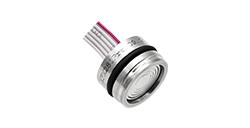
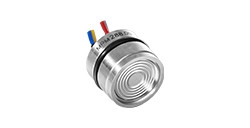
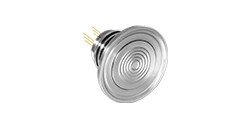
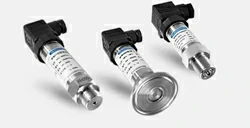
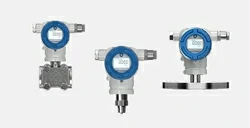

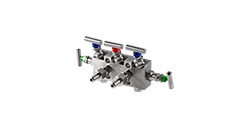
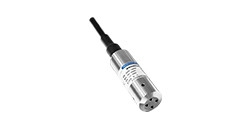
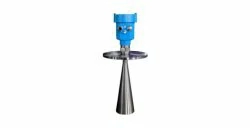
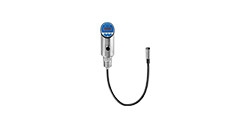
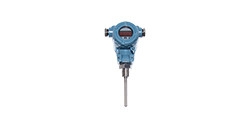
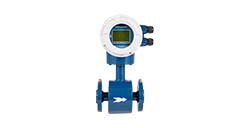
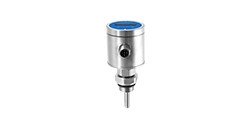
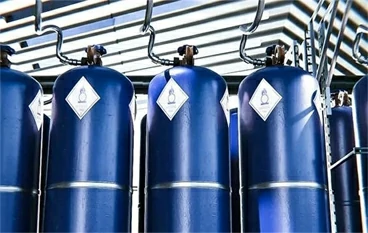
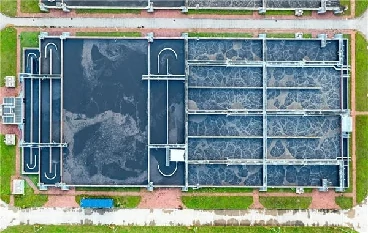
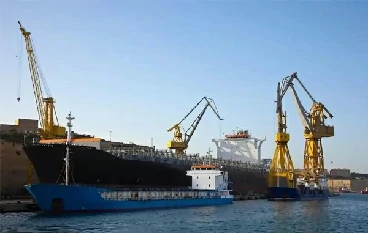
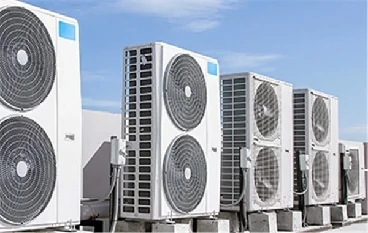
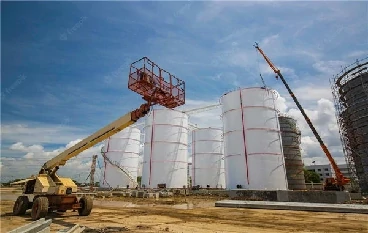

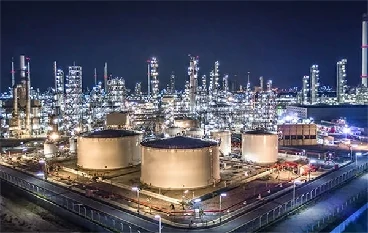
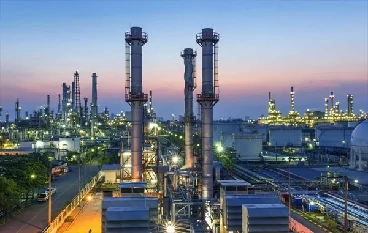
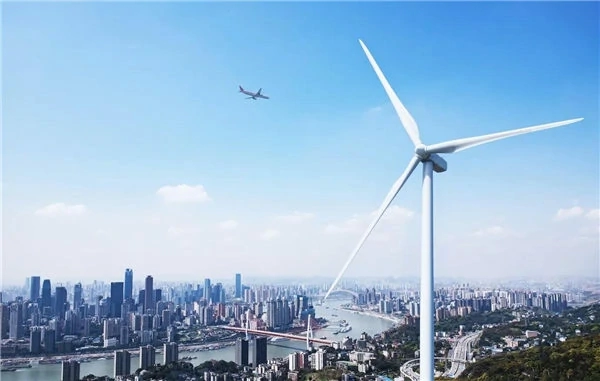
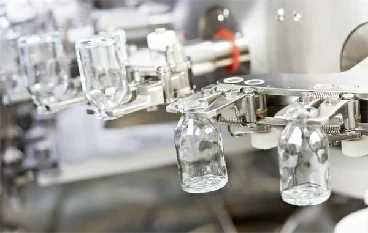
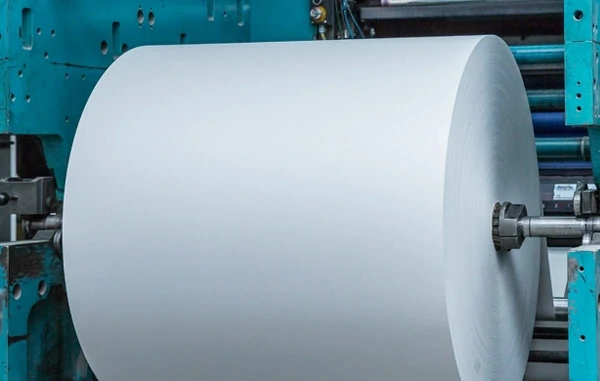
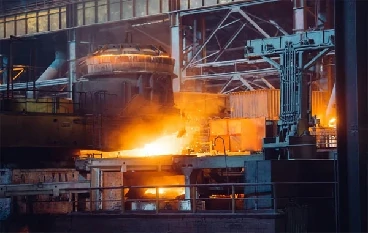
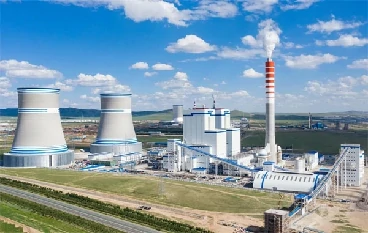

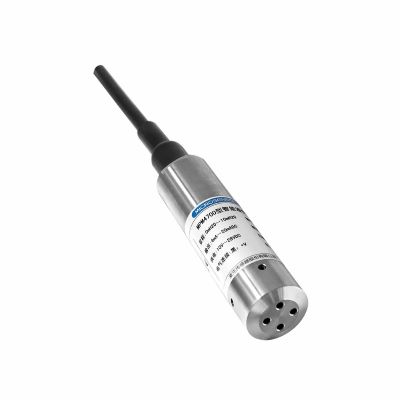
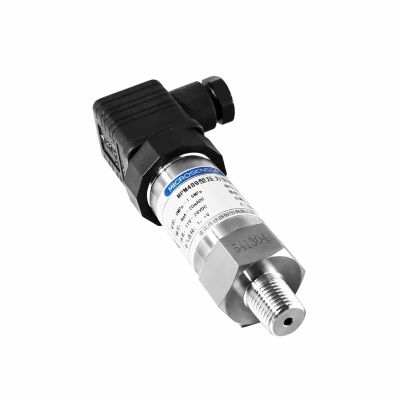
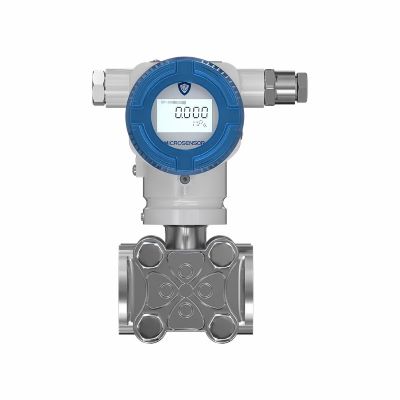
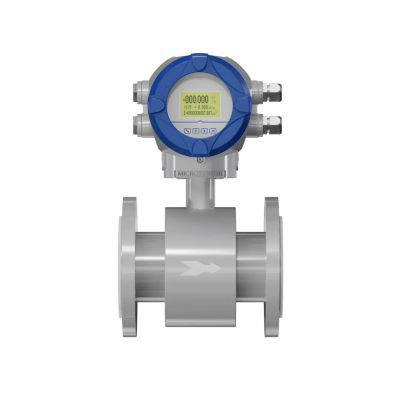
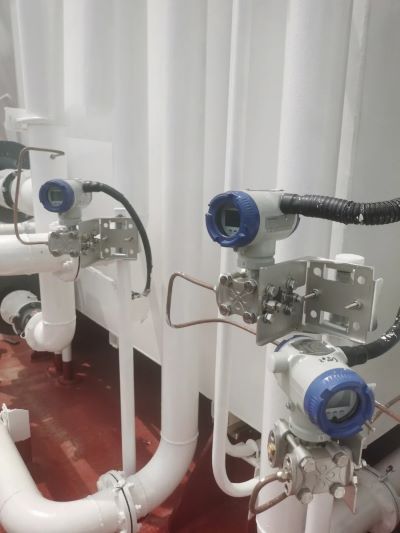
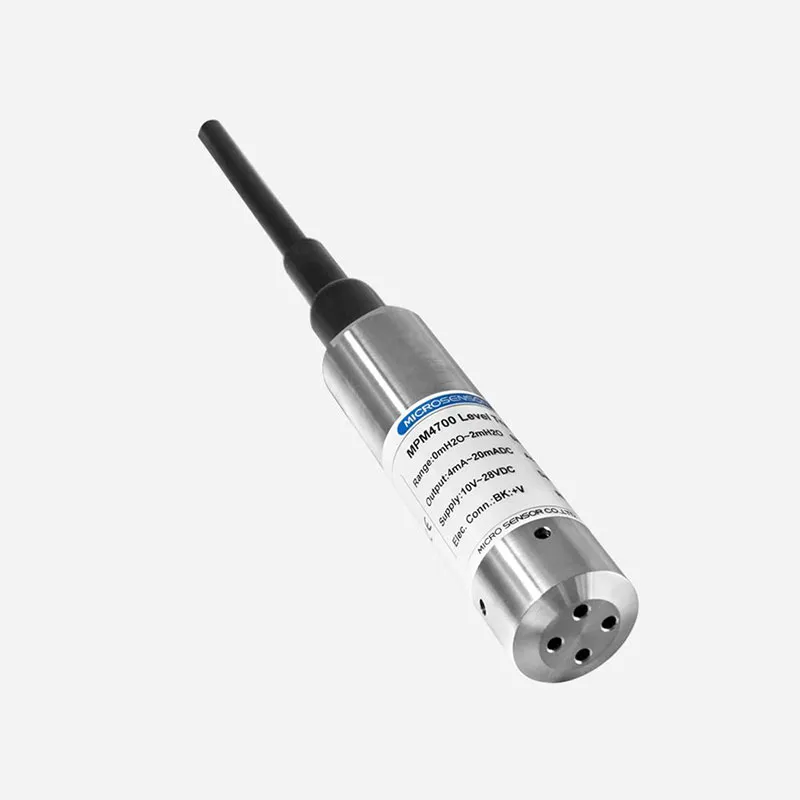
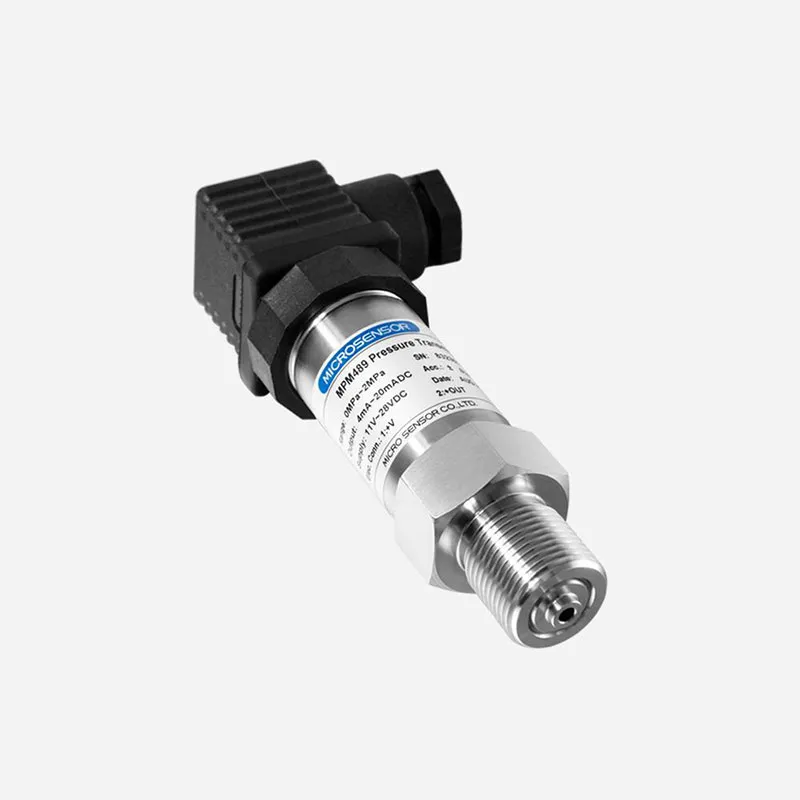
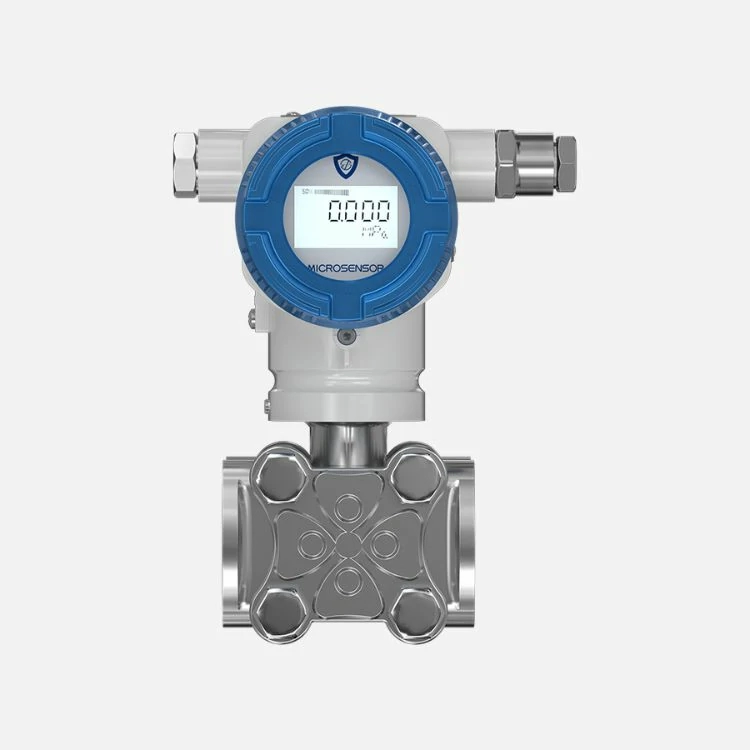
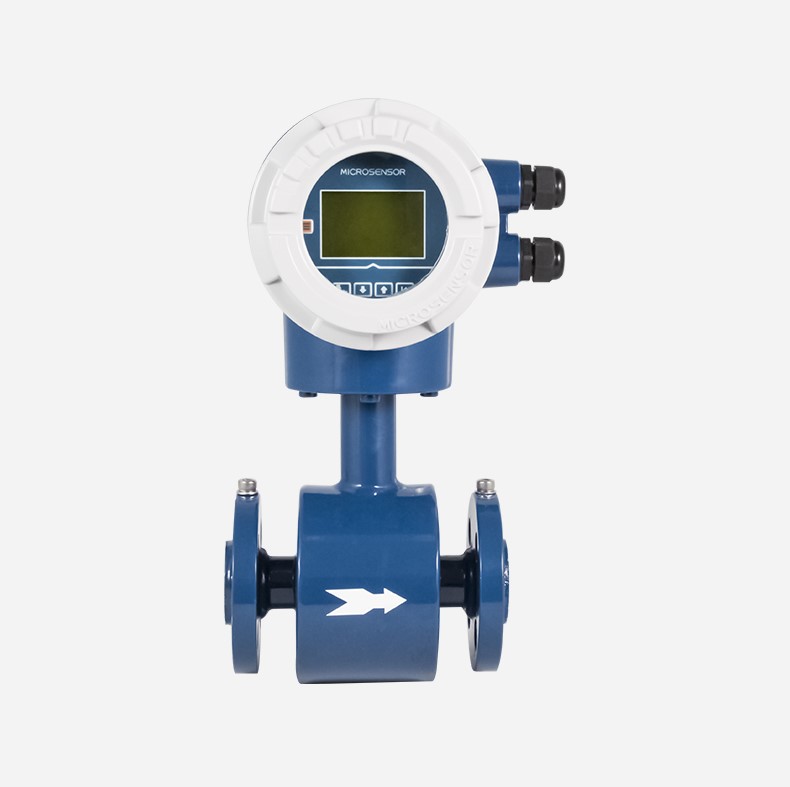
 Copyright © 2025 MICRO SENSOR CO., LTD
Copyright © 2025 MICRO SENSOR CO., LTD